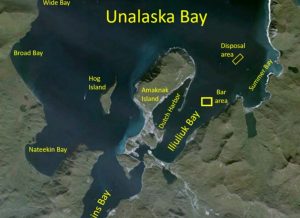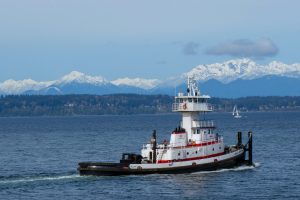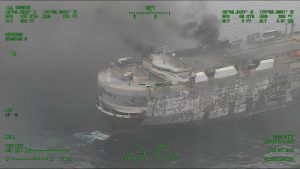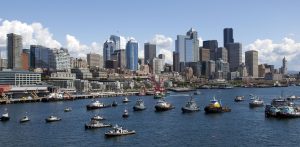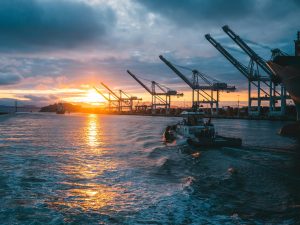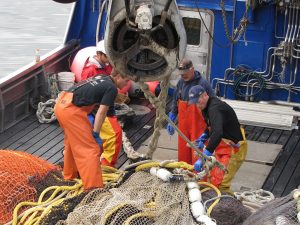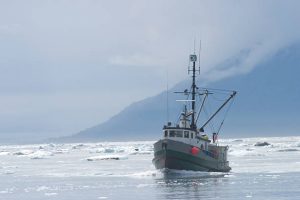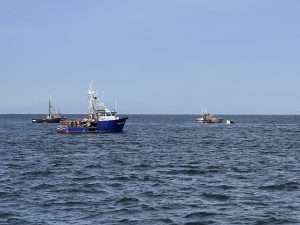Tsunami Warning for Southern Alaska Coast
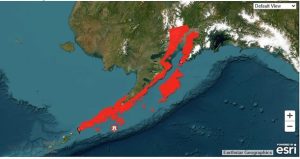 A powerful magnitude 7.3 earthquake struck off Alaska’s Aleutian chain today, triggering a TSUNAMI WARNING for a 700-mile stretch of the state’s southern coast, from Homer to Unimak Pass. The quake, hitting 54 miles south of Sand Point shortly after 12:30 p.m., has put coastal communities on high alert.
A powerful magnitude 7.3 earthquake struck off Alaska’s Aleutian chain today, triggering a TSUNAMI WARNING for a 700-mile stretch of the state’s southern coast, from Homer to Unimak Pass. The quake, hitting 54 miles south of Sand Point shortly after 12:30 p.m., has put coastal communities on high alert.
Communities like King Cove, Unalaska, and Kodiak have issued immediate calls for residents to move to higher ground. Unalaska officials specifically advise moving at least 50 feet above sea level or a mile inland. Emergency shelters are reported to be open in Kodiak.
While initial reports indicate no significant damage from the first waves in Sand Point, authorities are treating this seriously. “We’re making sure communities are notified so they can activate their evacuation procedures,” stated Jeremy Zidek of the state’s emergency management division.
 Maritime Injury Law Blog
Maritime Injury Law Blog



